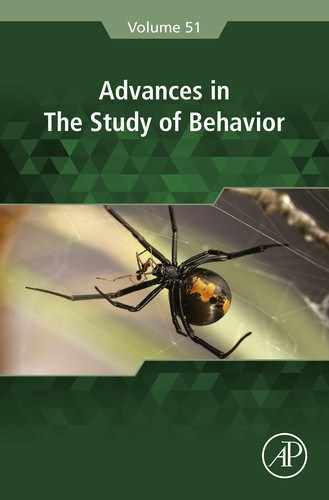Book Description
Advances in the Study of Behavior, Volume 51, provides users with the latest insights in this ever-evolving field. Users will find new information on a variety of species, including The troublesome gift: the spermatophylax as a purveyor of sexual conflict and coercion, Conformity and over-imitation: an integrative review of two forms of hyper-reliance on social learning, Copulatory behavior and genital morphology in vertebrates, Sexual selection in polyandrous societies: Lessons from the fowl, Sensory information in social insects, Evolution of female coloration, what have we learned from birds in general and blue tits in particular, Sexual selection and social behavior in spiders, and more.
- Serves the increasing number of scientists engaged in the study of animal behavior
- Makes another important contribution to the development of the field
- Presents theoretical ideas and research to those studying animal behavior and related fields
